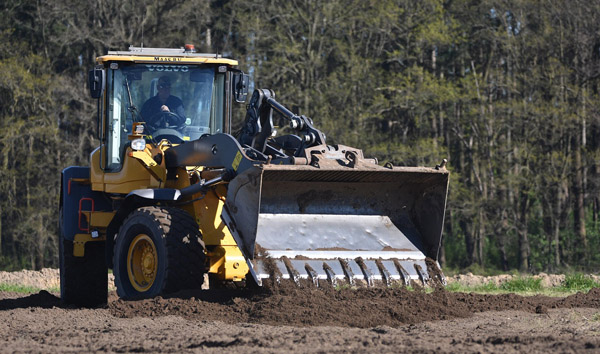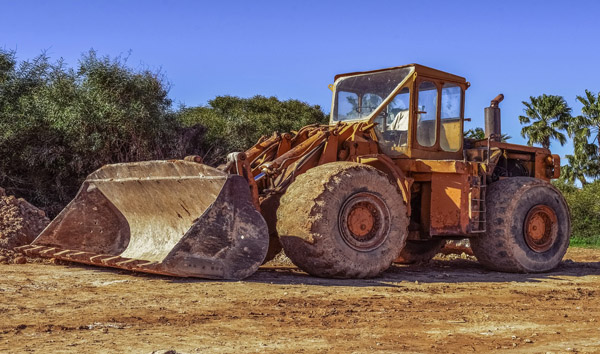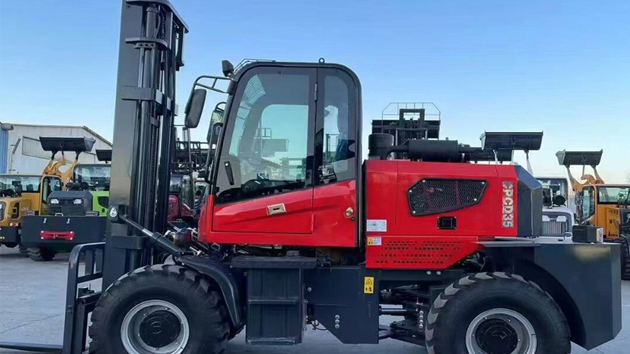Revolutionizing Farm Operations: The Power of Agricultural Rough Terrain Forklifts
2025-07-04 04:35:28
Agricultural Rough Terrain Forklifts have emerged as indispensable tools in modern farming, offering unparalleled versatility in handling heavy loads across uneven landscapes. This report delves into their design, applications, and industry impact, backed by recent data.
### H1: The Evolution of Agricultural Rough Terrain Forklifts The agricultural sector has witnessed a significant transformation with the introduction of rough terrain forklifts. Unlike conventional forklifts, these machines are engineered to navigate challenging farm environments, including muddy fields, rocky paths, and steep inclines. According to a 2023 report by the Agricultural Equipment Manufacturers Association (AEMA), the global market for agricultural rough terrain forklifts is projected to grow at a CAGR of 6.8% from 2023 to 2030, driven by increasing demand for mechanized farming solutions.
### H2: Key Features and Design Innovations Agricultural rough terrain forklifts are equipped with robust tires, high ground clearance, and powerful engines to ensure stability and performance. Their hydraulic systems are optimized for lifting heavy loads, such as pallets of feed, bales of hay, or even livestock equipment. A study by the International Journal of Agricultural Engineering highlights that modern models incorporate GPS and telematics, enabling precision farming and reducing operational downtime by up to 20%.
### H2: Applications in Modern Farming From transporting harvested crops to loading and unloading heavy machinery, agricultural rough terrain forklifts are versatile workhorses. Farmers in the Midwest U.S. have reported a 30% increase in efficiency when using these forklifts for silage management, as noted in a 2022 USDA case study. Additionally, their ability to operate in adverse weather conditions makes them ideal for year-round use, further justifying their growing adoption.
### H1: Industry Challenges and Future Prospects Despite their advantages, high initial costs and maintenance requirements remain barriers for small-scale farmers. However, manufacturers are addressing these issues through leasing programs and modular designs. The AEMA predicts that by 2025, over 60% of new agricultural rough terrain forklifts will feature hybrid or electric powertrains, aligning with global sustainability goals.
### Conclusion Agricultural rough terrain forklifts are redefining farm logistics, combining durability with advanced technology. As the industry evolves, these machines will play a pivotal role in meeting the demands of large-scale and precision agriculture.














